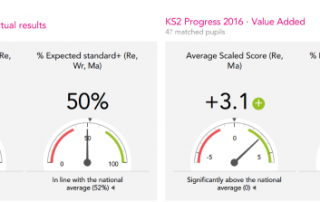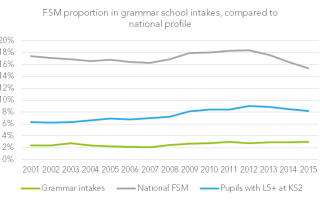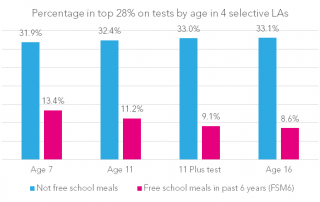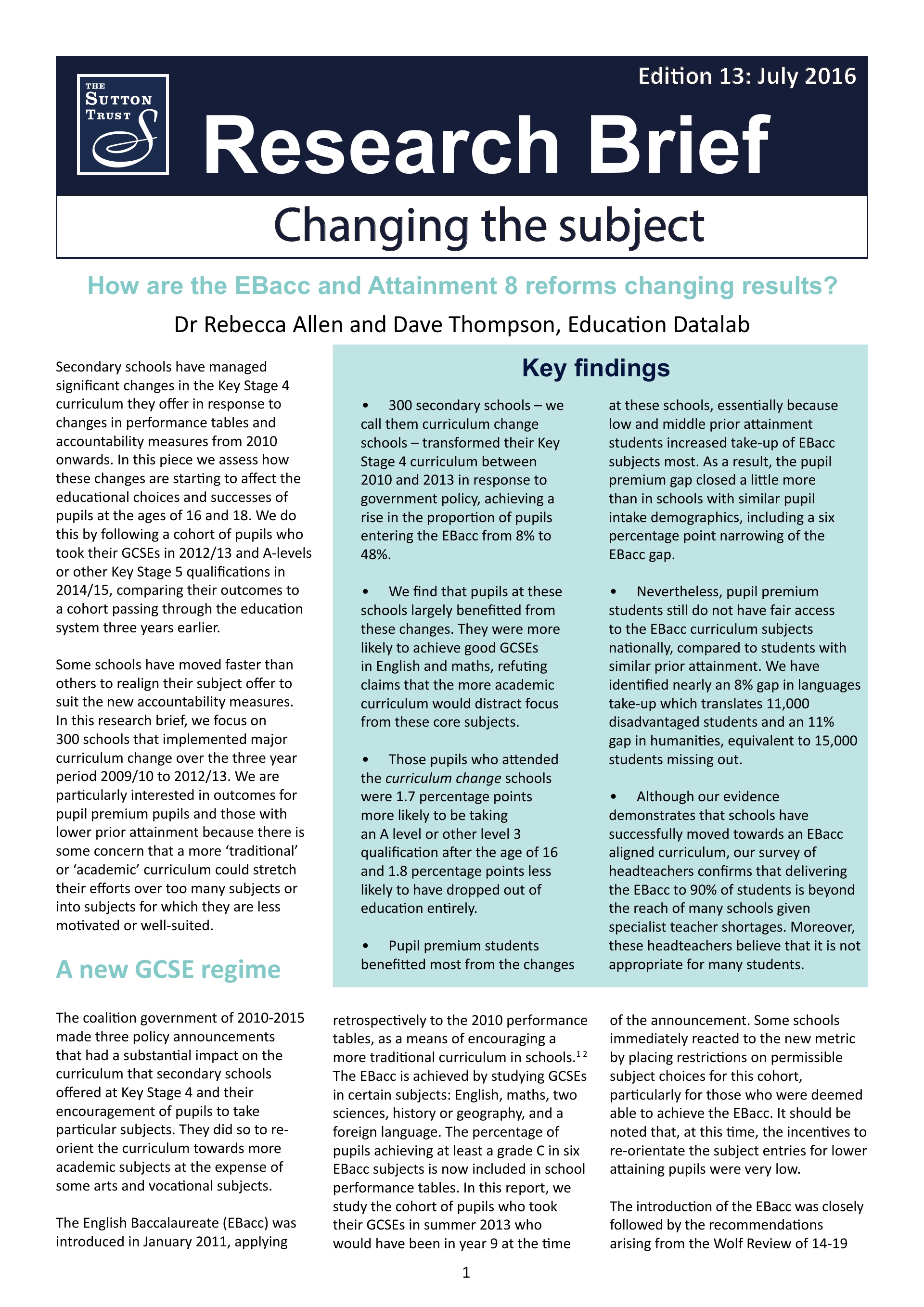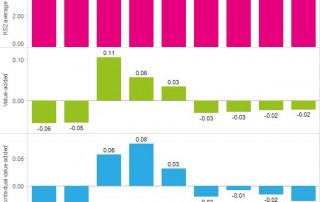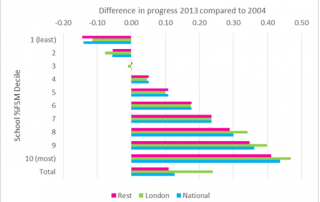Getting started with FFT data for KS2
School leaders are used to dealing with change, not least when it comes to assessment data, but this year is in a league of its own. With changes to all the tests, teacher assessment, scaled scores and accountability measures, headteachers would be forgiven for despairing of any attempt to make sense of it. Even when [...]



